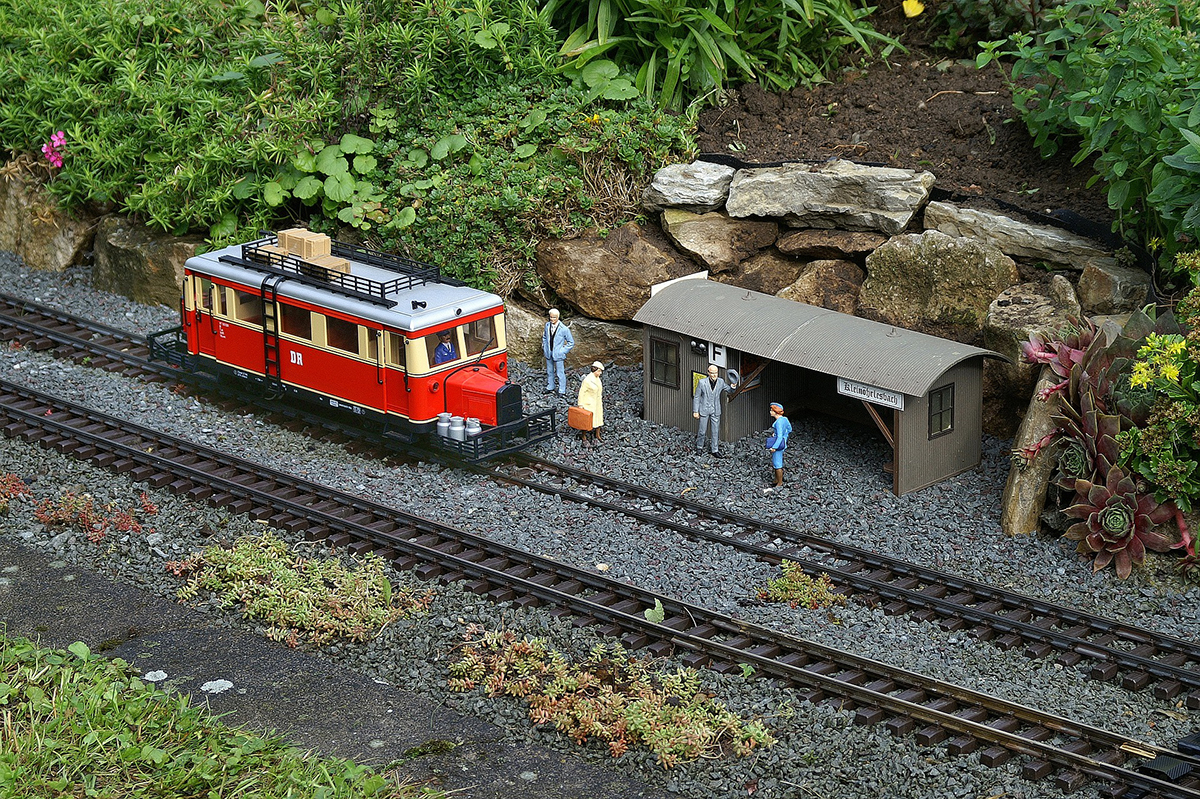
By Sarah Browning, Extension Educator in Lancaster County
A great way to get your child or grandchild interested in plants and gardening this summer is to help them create their very own miniature garden. Miniature gardens are small container plantings, decorated in a way that appeals to your child’s interests.
Fairy gardens are one type of miniature garden that’s very popular in recent years. But ideas are endless, such as a campfire or woodland scene, complete with wildlife and a stream. Or maybe a train station, beach or farmyard theme? How about a scene from “The Mandalorian,” “The Avengers,” “The Lord of the Rings” or another favorite movie? Your child can create whatever their imagination dreams up — that’s part of the fun!
HERE ARE A FEW GUIDELINES TO HELP YOU GET STARTED
Choose a theme. This will help guide plant selection and decorative items.
Choose a container. Anything can work, as long as it has drainage holes. It can be big or small, just make it a manageable size considering your budget for plants and decorations.
Decide whether this will be a year-round garden, kept indoors and using houseplants, or a summer-only outdoor garden using annual plants.
Visit a garden center. Let your child look over the available plants and find some that fit their vision — let them use their imagination! Ask garden center staff to help your child choose plants that will grow happily together, having the same sunlight and water needs.
Visit a local craft shop to find garden accessories, like tiny people, animals and houses. Or take a walk outside to find natural items to create garden accessories.
CREATE A SKETCH
Have your child draw a sketch of the garden they want to create. What is the focal point of their design? Is it a house, person, a dinosaur or maybe a Jedi TIE fighter? Once they decide on their focal point, help them think about how to place plants to highlight and enhance. Also help them think about scale and keep the decorations in scale with the plants. A jade plant or miniature palm can become a tree in your child’s garden.
Will there be walking paths? Decorative pebbles or stones make a great walking path. So do small round cross-sections of a branch; they look just like real garden stepping stones. Or maybe a water feature with a bridge over it? Or a fairy house? You can find lots of great ideas for garden design and accessories on Pinterest. Look for projects fitting your child's skill level and interests. Letting your child build their own decorations is a great way for them to learn new skills.
PLANTING AND CARE
A garden center potting mix is best in containers; soil straight from the garden is usually too heavy for good plant growth. Garden soil also contains many disease organisms, so using a peat-based soil mix helps guarantee success for your young gardener.
When planting, gently break up the root system of any plants with many circling roots. Plant them at a depth so that about 1/2-inch of soil covers the original root ball. When you’re finished planting, water the container thoroughly, soaking the entire soil mass completely. Let all the excess water drain away.
More houseplants die from overwatering than from any other cause, so help your young gardener learn how to water thoroughly, but infrequently. Plants benefit when the soil is allowed to dry slightly between waterings. This dryness ensures oxygen penetrates to the plants root system — oxygen is just as essential for good plant growth as water. Often a plant can be allowed to wilt slightly before it is watered; thus giving an indication when water is needed.
All plants, from cactus to African violet, should be watered thoroughly at each watering. A thorough watering wets the entire soil ball in the container and leaches away excess fertilizer salts built up in the soil. Fertilizer salts can burn roots, resulting in burnt or dried leaf edges and plants that wilt, even though they seem to have plenty of water.
The following two methods are great for watering houseplants. First, place the entire container in a sink filled with water and do not remove it until air bubbles have stopped coming from the planting container. Then place the container in an empty sink and allow it to drain for several minutes. This method works well for well-established plants with enough roots to hold all the soil in place.
A second method, which works better for newly planted containers, is to place the container in an empty sink and pour water on top of the soil until water begins to drain from the bottom of the pot. Water the container once more and allow the excess water to drain away.
Wait until the top 1-inch of soil feels dry or you see the first signs of wilting to water again. How long you wait to water again, is the difference between growing a healthy cactus and a healthy African violet.
Have fun with your budding gardener!